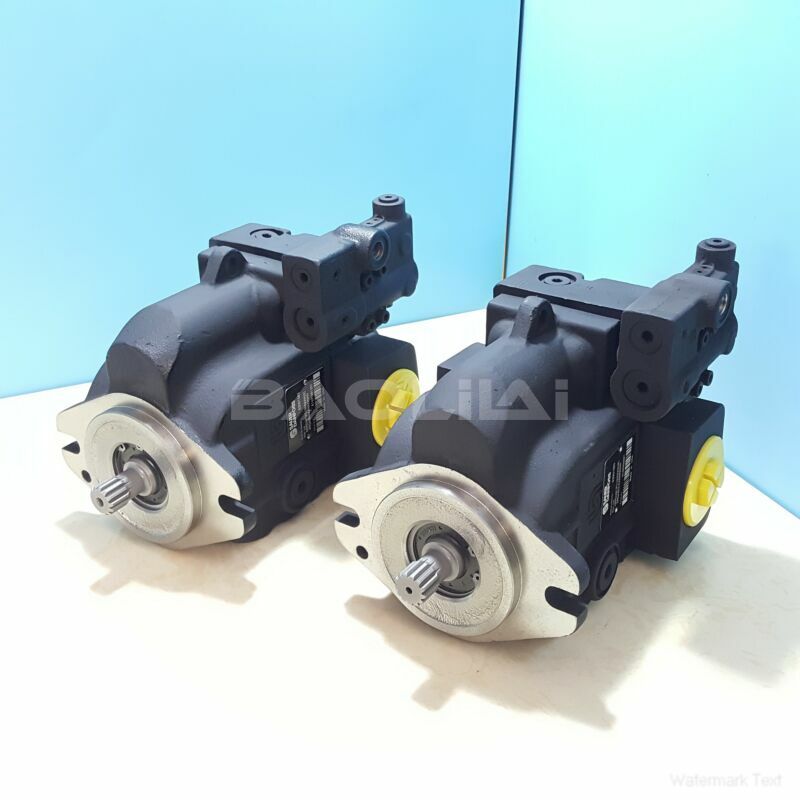LRR030DLS1615NNN3C2ARA6NPLBNNNNNN danfoss pump
LRR030DLS1615NNN3C2ARA6NPLBNNNNNN danfoss pump

- Product Details
- Applicable Scene
Mobile cranes are essential machines used in various construction and industrial applications, enabling operators to lift and maneuver heavy loads with precision. At the heart of their operation lies the hydraulic system, which relies on the effective functioning of piston pumps. This article explores how piston pumps power hydraulic systems in mobile cranes and their significance in maximizing lifting capabilities.
LR-R-030D-LS-16-15-NN-N-3-C2AR-A6N-PLB-NNN-NNN
LRR030DLS1615NNN3C2ARA6NPLBNNNNNN
Piston pumps are designed to convert mechanical energy into hydraulic energy through the movement of pistons within cylindrical chambers. When a piston moves inside its cylinder, it creates a vacuum that draws hydraulic fluid into the chamber, and during the return stroke, it forces that fluid out at high pressure. This pressurized fluid is then directed through hydraulic lines to actuate various components of the crane, including boom extensions, winches, and outriggers.

83009438
The efficiency of piston pumps is particularly beneficial in mobile cranes, as they can generate high pressure while maintaining relatively compact dimensions. This is crucial for cranes, which often need to operate in confined spaces or on mobile platforms. With the ability to deliver consistent and reliable pressure, piston pumps ensure that the hydraulic system can perform demanding tasks with speed and accuracy.
In mobile cranes, the hydraulic system primarily operates in two modes: extend and retract. For instance, when extending the boom to lift a load, the pressurized hydraulic fluid from the piston pump is sent to the boom cylinder. This action pushes the cylinder rod outward, extending the length of the crane’s boom and allowing it to reach greater heights. Conversely, when the load needs to be lowered, the hydraulic fluid is redirected, enabling the controlled retraction of the boom.
One of the key advantages of using piston pumps in hydraulic systems is their ability to provide variable flow rates. By controlling the speed of the piston, operators can adjust the output of hydraulic fluid based on the requirements of the task at hand. This versatility aids in precise load lifting and positioning, increasing operational efficiency and safety.





